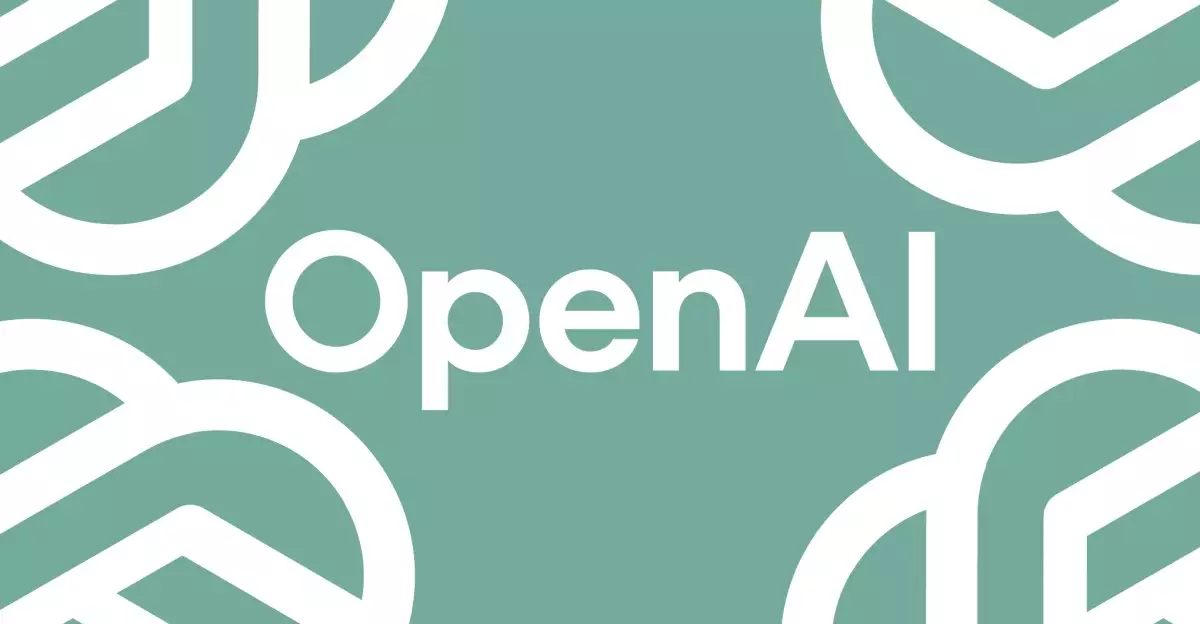OpenAI has once again positioned itself at the forefront of artificial intelligence with the unveiling of its latest model, GPT-4.1. This advancement signifies not merely a numerical increase in the model but a substantial leap in capabilities over its predecessor, GPT-4o. By extending the context window to an unprecedented one million tokens, GPT-4.1 ushers in new possibilities for processing extensive data, which incorporates multi-faceted inputs including text, images, and videos.
While the tech world buzzes with speculation regarding the much-anticipated GPT-5, OpenAI’s strategic delay in its release raises questions. CEO Sam Altman has hinted at a revised timeline for GPT-5, suggesting that the company is not merely in a race to launch the next big model but is instead focused on refining AI capabilities. The 4.1 iteration serves as a critical development stage, emphasizing that incremental improvements can lead to significant performance enhancements.
Achievements in Instruction Following and Cost Efficiency
The improvements in GPT-4.1 are particularly striking in the arenas of instruction following and coding. OpenAI claims that the new model is enhanced in “just about every dimension,” an assertion that reflects a deep commitment to delivering not just power but reliability. By training GPT-4.1 to filter out irrelevant input and focus solely on pertinent data, OpenAI has answered the growing need for dependability in AI systems—a factor that can no longer be overlooked as the saturation of AI technology increases in various industries.
Economically, GPT-4.1 offers a tantalizing proposition for developers. It’s 26 percent cheaper than GPT-4o, reflecting OpenAI’s adaptable strategy to remain competitive amid the burgeoning landscape of AI, particularly given the advent of alternatives like DeepSeek’s ultra-efficient model. The introduction of smaller variants—GPT-4.1 Mini and GPT-4.1 Nano—allows both small and large developers alike to experiment without breaking the bank.
Strategic Decisions amid Market Pressures
The decision to phase out the aging GPT-4 model while enhancing GPT-4o into a natural successor illustrates OpenAI’s ability to adapt in a dynamic market. The deprecation of older models, specifically the GPT-4.5 preview, signifies an unwavering focus on optimizing performance while minimizing latency costs. This approach not only bolsters OpenAI’s reputation as a leader in AI technology but also reinforces the importance of continual evolution rather than clinging to legacy systems.
OpenAI’s heavy investment in improving image-generation capabilities has also shown considerable popularity. However, the demand has been so high that the company had to implement temporary restrictions to stabilize access. This marks a turning point, suggesting that while innovation is essential, understanding the limitations of infrastructure is equally critical for sustained growth.
A New Era of AI Anticipation
With the unveiling of GPT-4.1, OpenAI has set the stage for an exciting future in AI development. While the anticipation for GPT-5 looms large, the focus on refining existing technology underscores a pragmatic approach that many in the tech space could learn from. As OpenAI rolls out these capabilities, it also sparks a broader dialogue about responsibility in AI deployment and the importance of making high-performing tools accessible without compromising on quality or ethical implications.
The challenges that lie ahead in the AI landscape are substantial, but GPT-4.1 represents not just an update but a reimagining of what is possible, and this is just the beginning of what we can expect as OpenAI continues to innovate.

